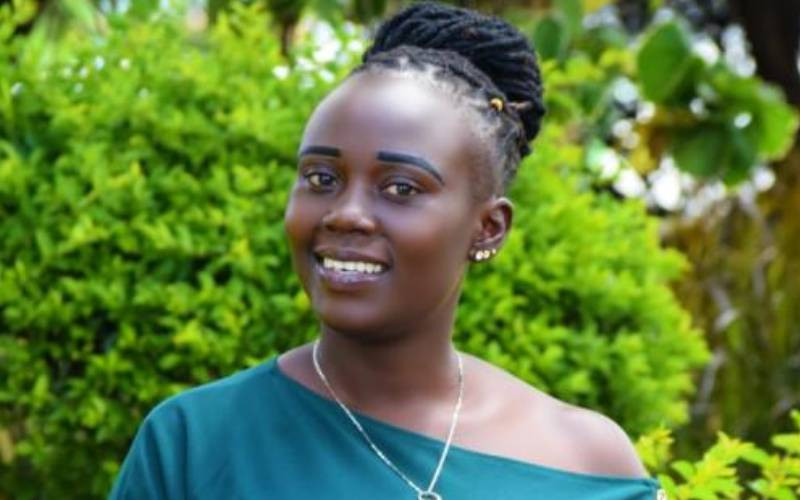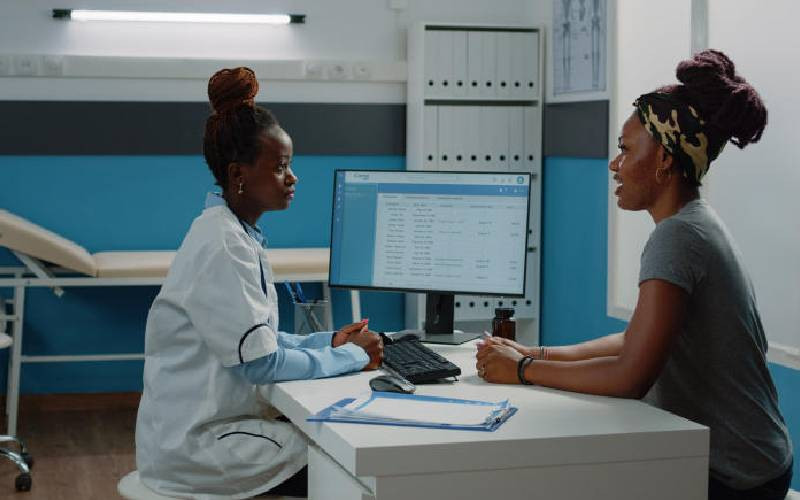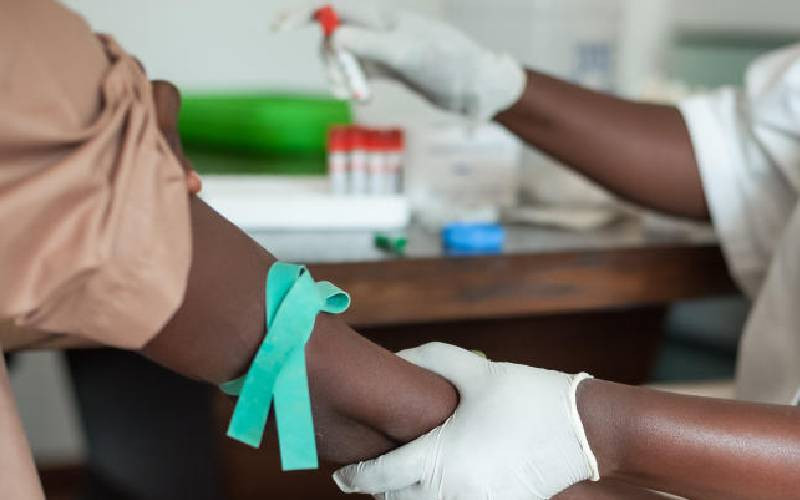
Having to wear glasses can be life-changing, especially for a child. Yet when it is the only option for correcting an eye problem, spectacles become a necessary evil. When Brigit Kerubo was about three years old, she preferred to watch her favourite cartoon while standing directly in front of the television.
This strange habit did not spark immediate concern for her parents Stepka Kwamboka and Josephat Maumba, but when their little girl started lifting books close to her face in order to focus on images and words when she joined kindergarten, alarm bells rang.
“She also strained when it was sunny and would not recognise people or objects unless they were very close to her, prompting us to consult an eye specialist. Our daughter was diagnosed with near-sightedness and soon after began wearing spectacles,” says her mother Stepka. At only four years old, she was too young to begin wearing spectacles, but her vision became clearer and she did not have to move too close to objects to see them.
Today, Brigit is eight years old and wears spectacles daily. “Spectacles are part of my life. They enable me to see clearly,” says Brigit, whose favourite subjects are Christian Religious Education and English.
Peripheral focus
Brigit, who equally takes her playtime seriously, admits that the pair of glasses have never been a hindrance during playtime, even though she has had to take time to explain to the curious — strangers included — why she wears glasses.
“She has never broken the pair we got her in the four years she has had them,” her father Josephat says, adding that her daughter’s younger siblings, Britney and Brianna religiously remind her to wear them first before she can engage in any task.
Eye health expert Margaret Njuguna notes that at birth, infants have peripheral focus where they concentrate on objects on the sides before this develops fully into colour and pattern recognition, before centering on objects in front of them if perfected. Dr Njuguna describes short-sightedness, also known as myopia, in both adults and children as a condition that causes distant objects to appear blurred, while close objects can be seen clearly. The coping mechanism for children with this problem is to squint or blink a lot as they try to compensate for the vision impairment.
According to Dr Njuguna, some of the initial concerns that parents can pick, include failure to establish eye contact either during play or conversation. “It is paramount for an early checkup to be scheduled for management to take off immediately, if various eye conditions are present in either of the family tree,” she says. Those diagnosed with this condition are advised to seek immediate treatment; management of the condition involves wearing spectacles or contact lenses — a delicate balance especially for the young and playfulness ones. “Once the eye problem is corrected, they regain their social nature and those in school improve in their studies because they no longer strain to see,” says Dr Njuguna, who specialises in treating eye problems in infants and children.
She recommends contact lenses for children above 12 years old due to their delicate nature and risk of infection if mishandled.
The doctor estimates that about 10 to 15 per cent of children aged between 12 and 13 years have short-sightedness. However, in some, the problem manifests earlier in children, calling for more focused eye health with assistance from teachers, parents and guardians. “Short-sightedness is part of a group of eye problems known as refractive errors, where the shape of the eye does not bend light properly; so images appear blurred and have to be treated with spectacles. Examples of refractive issues include near-sightedness, far-sightedness and astigmatism, where there is an imperfect curve of the front surface of the eye,” says Dr Njuguna. For most of these eye problems, if detected and treated early, a child may develop normal vision, she adds. Dr Njuguna points out that some children, especially those who have had surgery to remove cataracts (a clouding of the eye’s natural lens) wear glasses when they are as young as four-months-old.
Launches pact
Opting for plastic framed glasses helps reduce breakage, especially for children who are barely teenagers.
And whereas some children happily wear glasses, others initially reject them until they realise that their sight has remarkably improved.
How does Dr Njuguna encourage a buy-in for the young ones to accept the glasses? “We have an awareness session with the parents and child if old enough to explain the benefits of wearing the spectacles to improve their vision. This launches a pact that the glasses will be worn religiously and that regular check-ups will be adhered to,” says Dr Njuguna.
The doctor advises that active children should have an elastic strap attached to their glasses to keep them in place and in some instances spring hinges to enhance both flexibility and durability. She emphasises the importance of eye health check-ups for children in order to catch the sight issues early and manage them well in order to allow children live optimal and fulfilling lives both academically and socially. Dr Njuguna quotes the Ministry of Health protocol on eye health in Kenya: “Every child should have basic eye examination as recommended by the Ministry of Health and information filled in the Mother and Child Health booklet. If no obvious eye problem is identified in early childhood, a detailed eye examination is recommended by the age of three to five years.”
If a child complains of headaches and double vision, it should not be ignored, Dr Njuguna says. Meanwhile, young Brigit is working hard at school to fulfil her twin career aspirations, because she is yet to make up her mind on the most preferred because they are both admirable to her. “I want to be a flight attendant and when not at work, I will bake to keep myself busy,” she says.
 The Standard Group Plc is a multi-media organization with investments in media platforms spanning newspaper print
operations, television, radio broadcasting, digital and online services. The Standard Group is recognized as a
leading multi-media house in Kenya with a key influence in matters of national and international interest.
The Standard Group Plc is a multi-media organization with investments in media platforms spanning newspaper print
operations, television, radio broadcasting, digital and online services. The Standard Group is recognized as a
leading multi-media house in Kenya with a key influence in matters of national and international interest.











